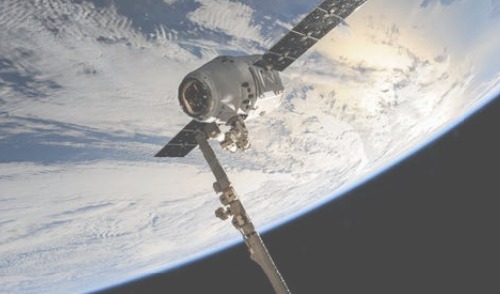NASA's NEOWISE Program hunts down asteroids and has been doing so for more than a decade
December will mark the 12-year anniversary of NASA’s NEOWISE Program, which is the acronym used to describe a mission devoted to scanning space for possibly lethal celestial bodies. The NEO stands for “Near-Earth Objects,” and WISE is an abbreviation for “Wide-field Infrared Survey Explorer,” which is the type of telescope utilized for NASA’s almost decade-old initiative. The telescope spacecraft launched from Vandenberg Air Force Base in California on December 14, 2009. After ten months, the telescope completed the original “WISE” mission and unveiled 33,500 new asteroids and comets. After completing its massive scan for data, it was tasked to focus more on entities considered “Near Earth.” The satellite underwent a periodic hibernation before getting recommissioned in 2013 as a monitoring system for the Center for Near-Earth Object Studies at the Jet Propulsion Laboratory in California. The “WISE” mission became “NEOWISE,” and joined a global effort of cataloging NEOs that has been existent since 1995.
Of the international project’s almost 20,000 discoveries detailing these nearby cosmic rocks, 309 derived from NEO-WISE, including 28 comets and 281 “NEAs”(Near Earth Asteroids). 52 of those asteroids were deemed “Potentially Hazardous.” There are three NEOs with “non-zero” probabilities currently being monitored: “2017-X02” has a 0.002% chance of hitting Earth sometime between April 2041 and 2111, “2017-YZ1” exhibits a .00015% chance of impact on June 30, 2047, and “2018-AE2” has a very low probability of hitting us between the years 2094 and 2112. The last of those rocks weighs 50 million tons, and would be devastatingly destructive were it to collide with our planet.
-
Until Next Time,

The information has been obtained from sources considered reliable but we do not guarantee that the foregoing material is accurate or complete. Any opinions are those of Serving Those Who Serve writers and not necessarily those of RJFS or Raymond James. Any information is not a complete summary or statement of all available data necessary for making an investment decision and does not constitute a recommendation. Investing involves risk and you may incur a profit or loss regardless of strategy suggested. Every investor’s situation is unique and you should consider your investment goals, risk tolerance, and time horizon before making any investment or financial decision. Prior to making an investment decision, please consult with your financial advisor about your individual situation. While we are familiar with the tax provisions of the issues presented herein, as Financial Advisors of RJFS, we are not qualified to render advice on tax or legal matters. You should discuss tax or legal matters with the appropriate professional. **
